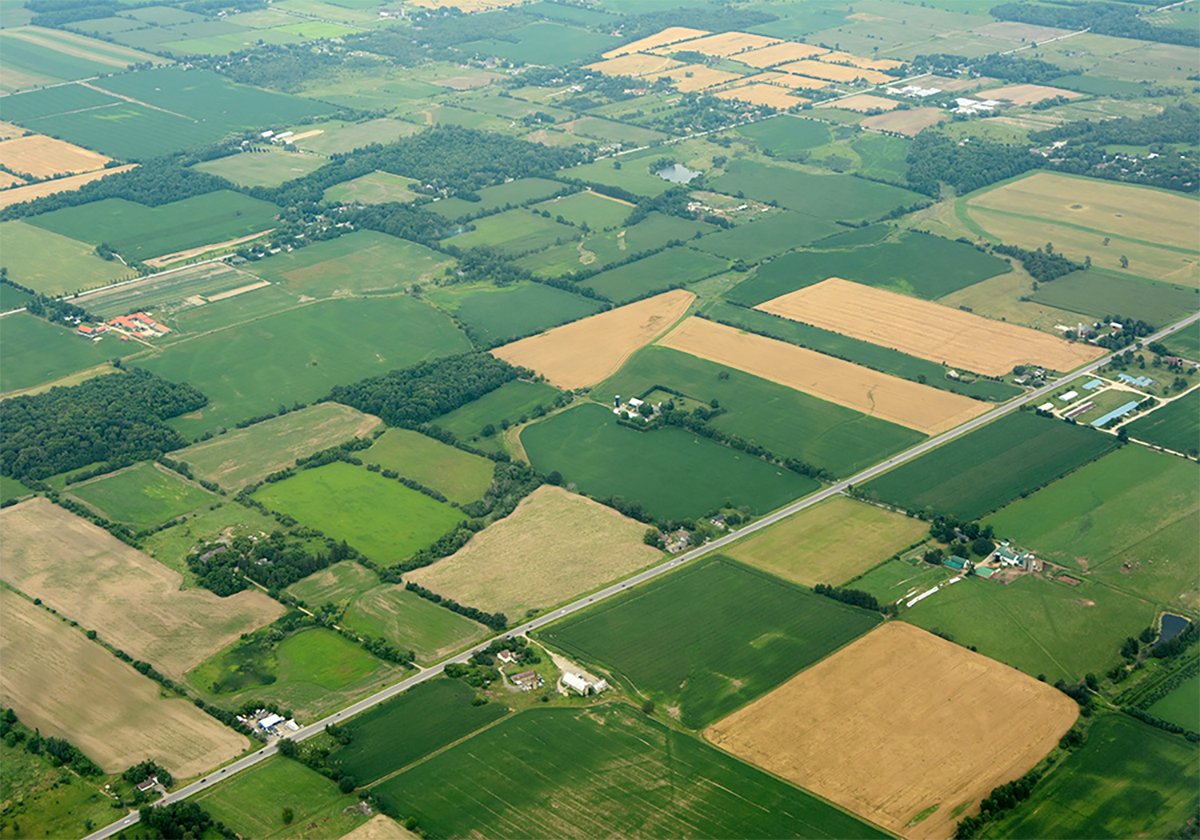FOR A sector raised in Next Year Country, it is hard to grasp that for once, prosperity might actually arrive at the doorsteps of many western Canadian grain farmers this year. It might even settle in for the long term.
Strong grain prices appear not to be a one-year fluke caused by a global production shortfall, but a multi-year phenomenon generated by strong demand. It’s too early to declare a sustained farm boom, but the environment is changing and many signals are optimistic.
Wheat futures have hit all time highs and prices of most grains and oilseeds are strong, thanks mainly to growing demand from biofuel and the developing world.
Read Also

Higher farmland taxes for investors could solve two problems
The highest education and health care land tax would be for landlords, including investment companies, with no family ties to the land.
The biofuel sector might rely on subsidies, but it has taken on a momentum and size that gives confidence that it will be an important market for grain producers for the foreseeable future.
Even more secure is the demand generated by growing affluence in China and India. An estimated 40 million people each year reach middle class status in those countries. They now have the income for houses, cars and better diets. Their food demands have pressed their own agricultural systems to the limit, opening the door to more food imports.
Meeting these new food demands will be complicated by tight reserves of unused farmland and the disruptions expected from global climate change.
This presents a long-term opportunity for countries like Canada with the agricultural skills and land needed to produce exportable surpluses.
The world of finance has recognized these changing dynamics. A stream of reports from institutions such as the Bank of Montreal and Wellington West Capital now recommend investing in agricultural service businesses such as fertilizer companies and equipment manufacturers.
Land prices are rising, fuelled by investors who expect grain demand will make productive land a profit generator.
For the many prairie farmers in their 60s, that is good news, providing an opportunity to sell their farms at a price that should provide good retirement income. For younger producers, the factors driving land prices and input costs higher will present a hurdle.
They must manage these costs to compete with emerging agricultural powerhouses like Brazil, Argentina and the former Soviet Union.
Livestock producers face an even greater challenge to find profitability in the face of soaring feed grain prices.
Clearly, creating prosperity on the farm in this new environment will continue to tax producers’ ingenuity.
But the risk-reward equation, which for farmers has long been weighted heavily on the risk side, is shifting. Sustained higher food prices promise more reward for those able to control costs.
And that means farmers can think about getting ahead instead of simply getting by.
Bruce Dyck, Terry Fries, Barb Glen, D’Arce McMillan and Ken Zacharias collaborate in the writing of Western Producer editorials.














